Nestled on a hill overlooking the charming village of Ardmore, County Waterford, St. Paul’s Church is a beautiful testament to the area’s rich ecclesiastical heritage. Built between 1835 and 1840, this small Church of Ireland structure is a place of worship and a significant historical landmark that tells the story of Ardmore’s community and its enduring spirit.
A Historical Overview
St. Paul’s Church was consecrated on September 15, 1841, and is dedicated to Paul the Apostle. The church was constructed on a cross plan, featuring a striking three-story tower adorned with four pinnacles that add to its architectural charm. The building is primarily made of limestone and rubble stone, giving it a rustic yet elegant appearance that harmonizes beautifully with its natural surroundings.
One of St. Paul’s most intriguing aspects is its octagonal baptismal font, which dates back to the 16th century and was originally part of St. Declan’s Cathedral. Additionally, the church houses a silver chalice dating from 1726, restored by antiquarian Robert Day after it had mysteriously disappeared for years.
Community Spirit and Restoration Efforts
In 1988, a restoration campaign was launched to mark the church’s 150th anniversary due to urgent repairs needed for the roof and woodwork. This campaign showcased the strong community spirit in Ardmore, as it involved not only local parishioners but also support from flower clubs across the country. The initiative was highlighted by a fundraising walk led by RTÉ personality Donncha Ó Dúlaing, who journeyed from Cork to Ardmore, drawing large crowds and raising awareness for the cause.
This cross-denominational effort underscored how St. Paul’s Church is a focal point for the community, bringing together people from various backgrounds to preserve their shared heritage.
Architectural Features
The church’s design reflects elements of the Gothic Revival style, characterized by its pointed arches and leaded glass windows that fill the interior with natural light. The large decorated three-light east window is particularly notable, providing a stunning focal point within the sanctuary.
St. Paul’s is registered under reg. no. 22827005 by the National Inventory of Architectural Heritage, affirming its significance as an architectural treasure in County Waterford.
A Place for Gatherings
Beyond its role as a place of worship, St. Paul’s Church has hosted numerous community events over the years—from weddings and baptisms to memorial services and seasonal celebrations. During Christmas, the church holds an ecumenical carol service that draws people together to celebrate faith and community spirit.
Conclusion
St. Paul’s Church in Ardmore is more than just a building; it symbolizes resilience and unity within this coastal village. Its rich history, beautiful architecture, and active role in community life make it a must-visit for anyone exploring Ardmore.
As you wander through this enchanting village, take a moment to visit St. Paul’s Church—where history meets spirituality in one of Ireland’s most picturesque settings. Whether attending a service or simply appreciating its beauty from the outside, St. Paul’s invites you to connect with the heart of Ardmore’s heritage and community spirit.
Citations:
[1] https://en.wikipedia.org/wiki/St.Paul’s_Church,_Ardmore
[2] https://lowermerionhistory.org/home/full-text/contents/st-paul-lutheran/
[4] http://www.ardmoreparish.com/pdf/History.pdf
[6] https://upload.wikimedia.org/wikipedia/commons/thumb/3/36/County_Waterford–St_Paul’s_Church–20230929142940.jpg/800px-County_Waterford–St_Paul’s_Church-_20230929142940.jpg?sa=X&ved=2ahUKEwitqaaK_NGKAxVyEFkFHYpLFcEQ_B16BAgEEAI
[7] https://en.wikipedia.org/wiki/St_Paul’s_Anglican_Church,_Castle_Hill
[8] https://hsmcpa.org/st-pauls-ardmore/
You’ll Kick Yourself Stupid If You Miss Your Chance To Experience The Delightful And Fascinating Saint Paul’s Church
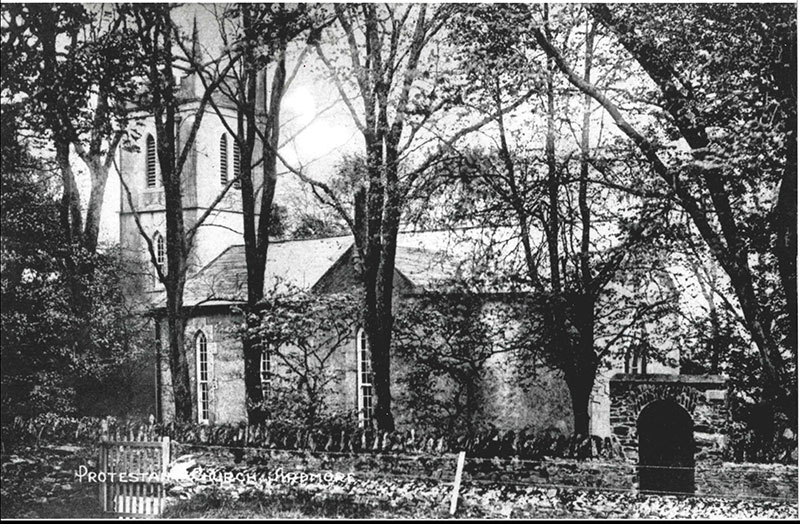
Saint Paul’s Church holds a special place in our hearts as the most inspiring and serene destination to visit. Every corner of this church is unique, and each visit offers a fresh and enchanting experience, which is why our love for this place endures.
When exploring a village as rich in heritage as Ardmore, it’s easy to feel overwhelmed by many opportunities. Fortunately, we excel at uncovering hidden gems and assisting visitors in discovering them. There is always something new waiting to be found.
In such cases, we typically begin by sharing some essential background information that may not be immediately apparent.
Ardmore, the picturesque coastal town in Waterford, boasts a profound connection to its ecclesiastical history.
As you meander through the peaceful streets of Ardmore, you’ll follow in the footsteps of countless visitors captivated by its beauty. The village resonates with the echoes of their cherished memories.
Tucked amidst the trees at the intersection of Rocky Road and Parson’s Hill (also known as Tower Hill) stands St. Paul’s Church.
When you stand within the church grounds, you can’t help but reflect on all those who, like you, have been awed by its silent splendor.
The current church was constructed in 1838 and was officially consecrated on September 15, 1841. It remained an independent parish until 1948, when it became part of the care of the Diocese of Cloyne, previously belonging to the Diocese of Lismore. It is now part of the Youghal Union of Parishes.
During the summer, St. Paul’s Church continues to serve as a place of worship and hosts remarkable services such as the Harvest Festival and a candlelit carol service in December.
Rectors have included:
John Bourke Wallace, Rector of Ardmore 1829 – 1871
Canon Thomas Robert Rothwell, Rector of Ardmore 1871 – 1914
William Henry Rennison, Rector of Ardmore 1914 – 1921
Rev. Albert Armstrong Burd, Rector of Ardmore 1922 – 1925
Rev. John Warren, Rector of Ardmore and Templemichael 1925 – 1948
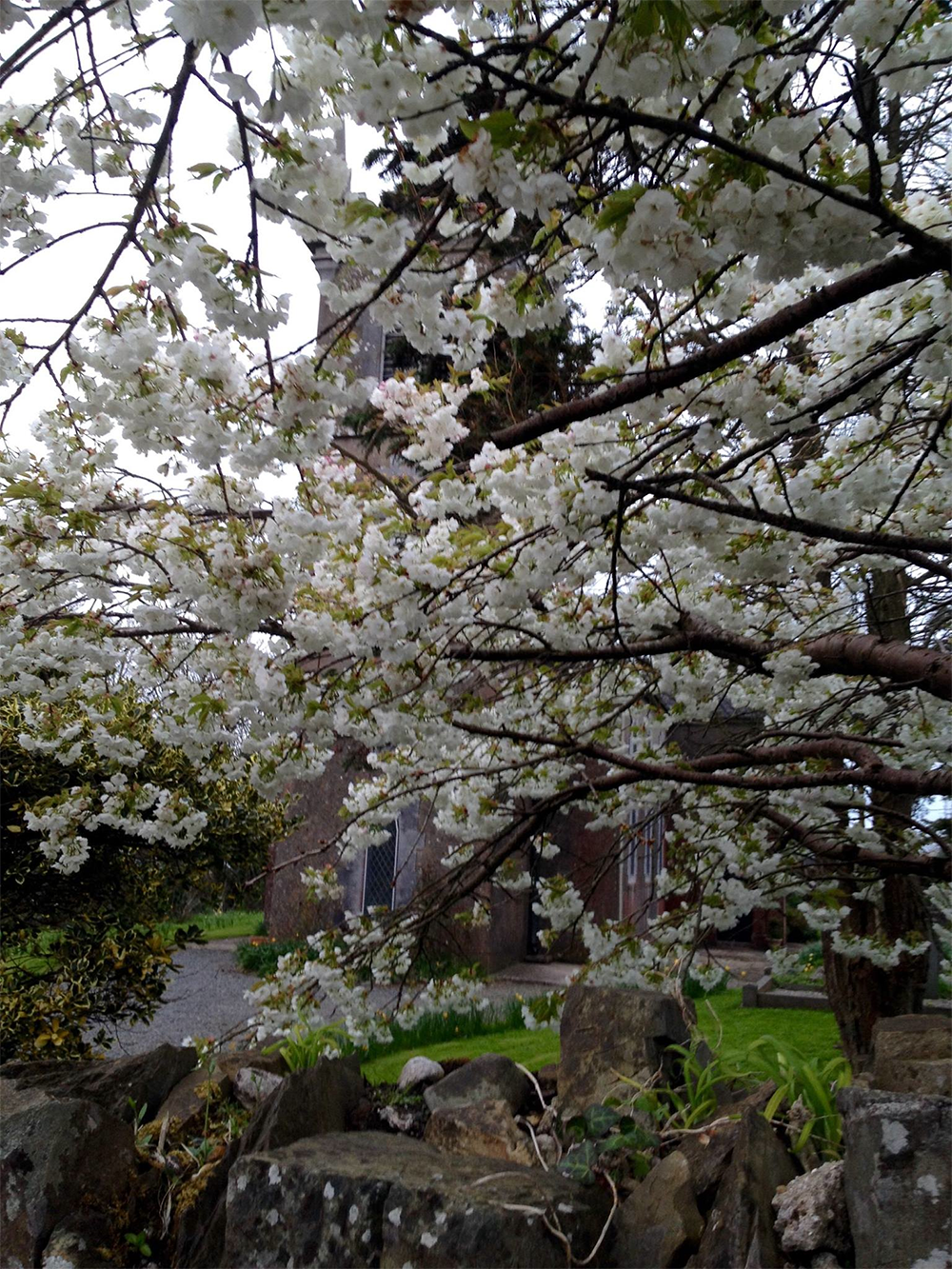

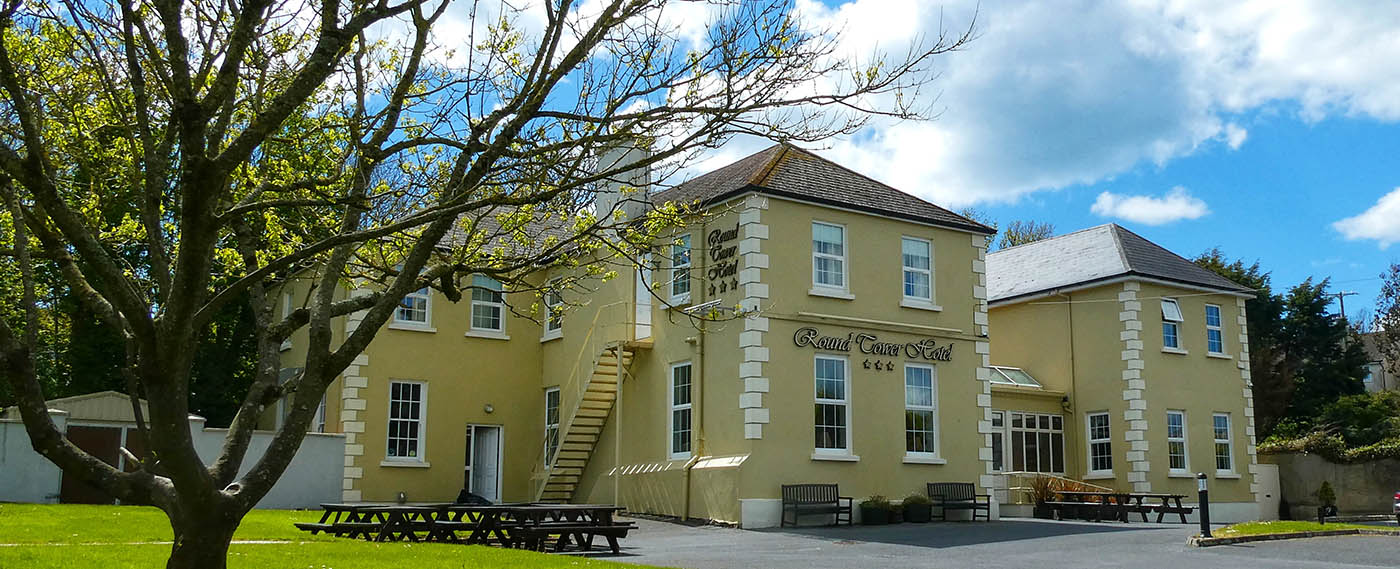
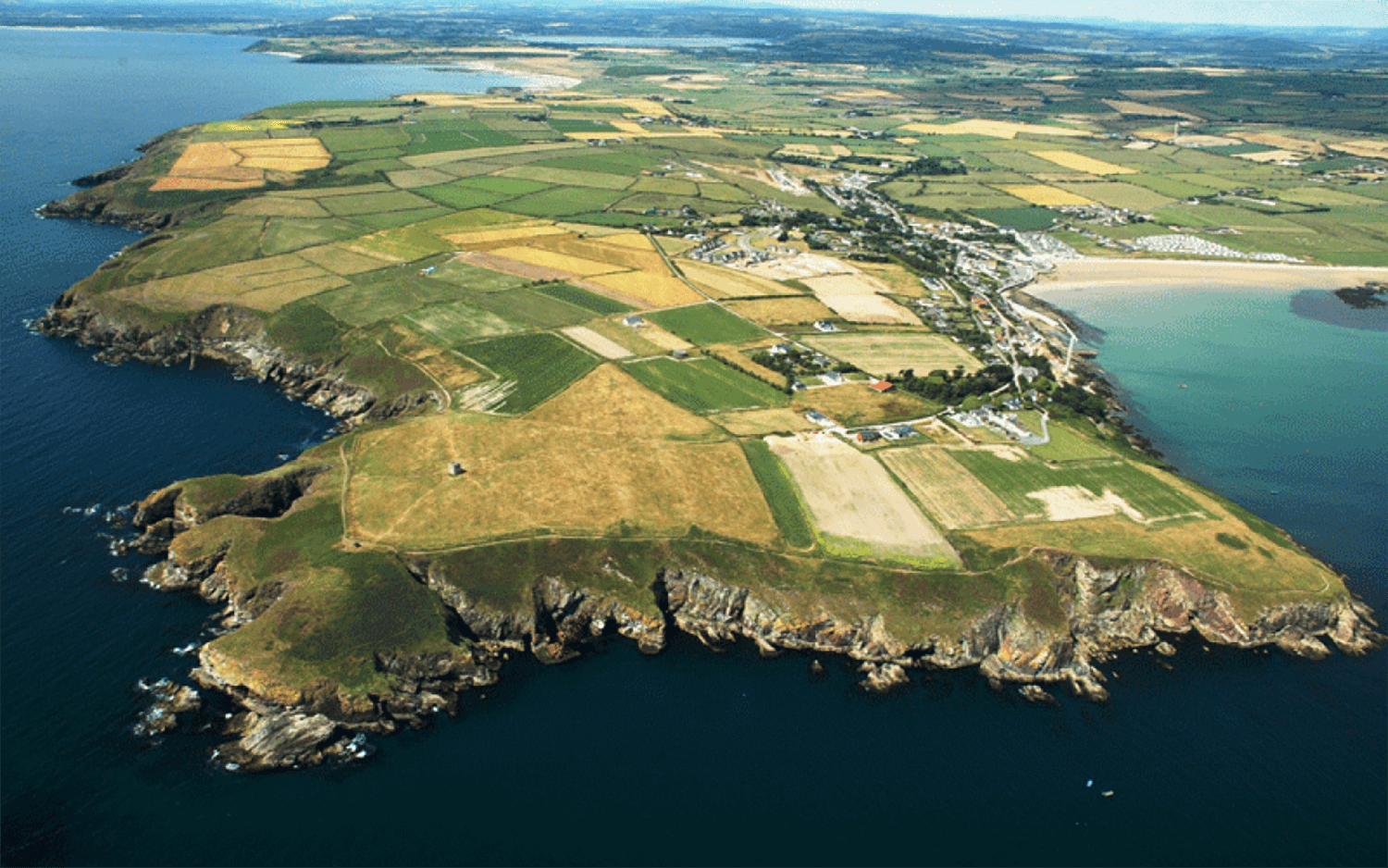
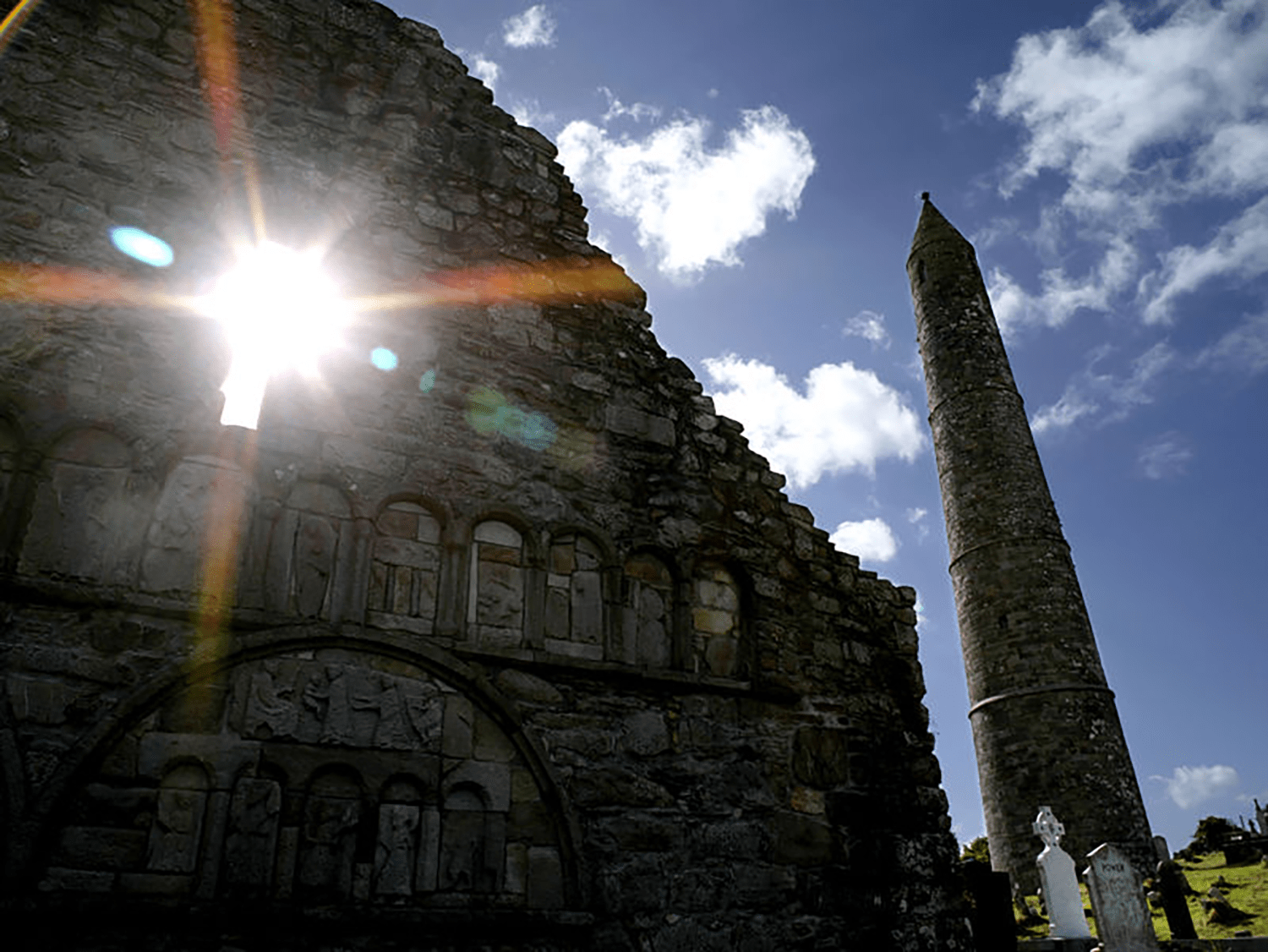


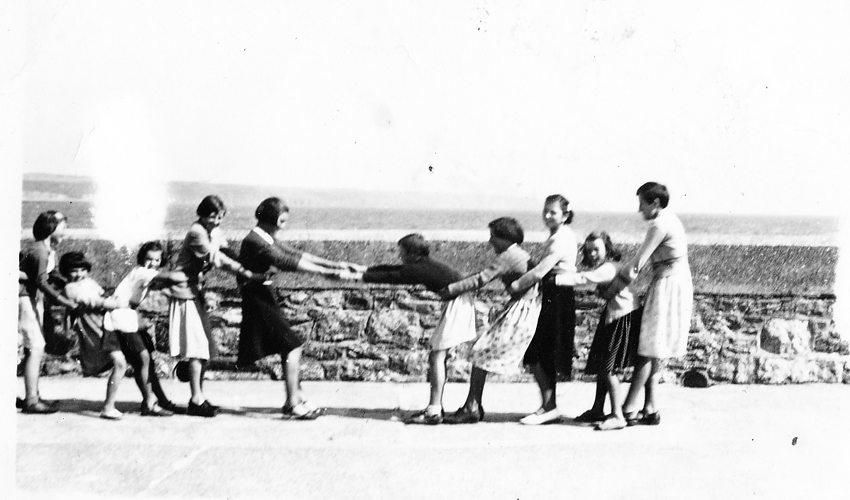
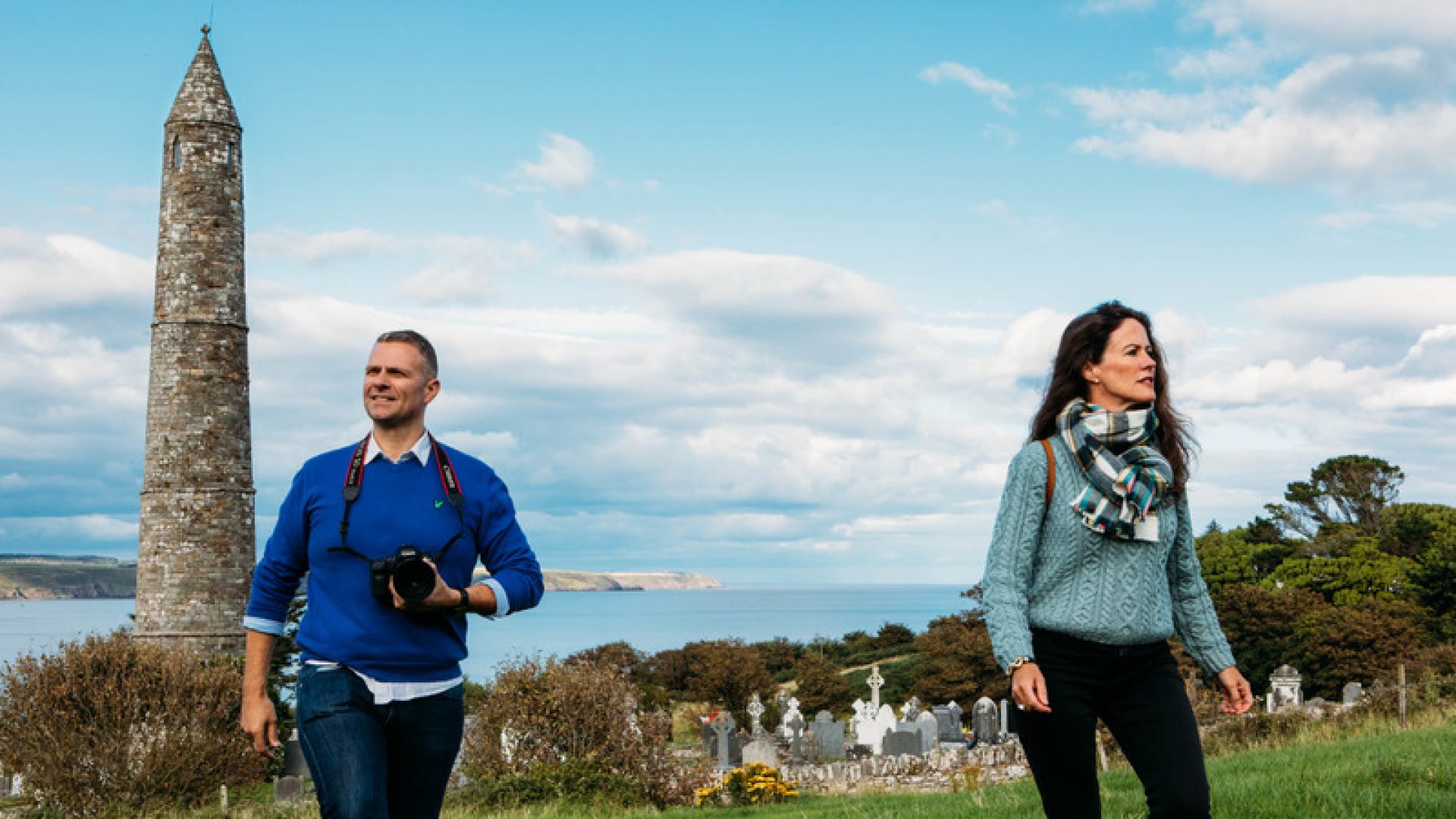

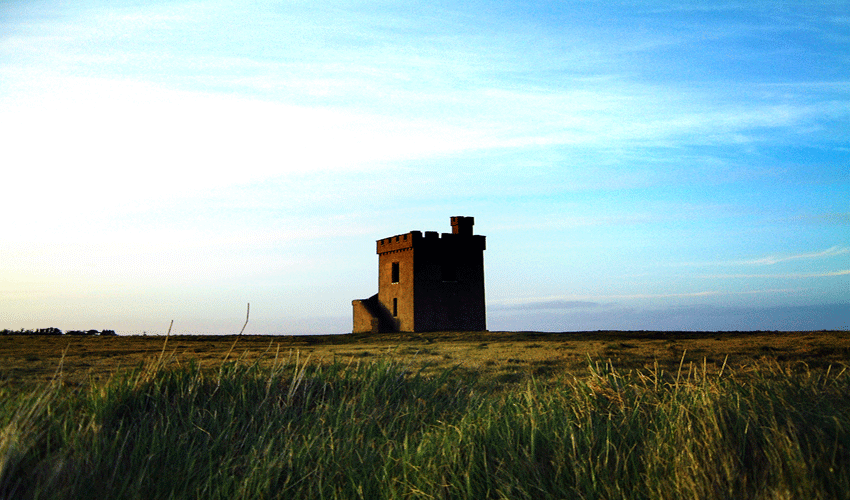
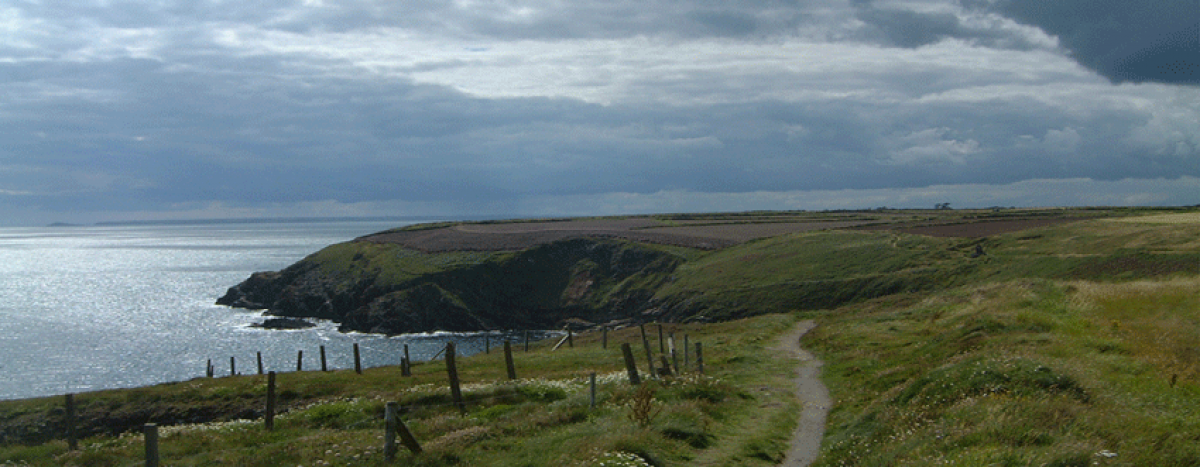
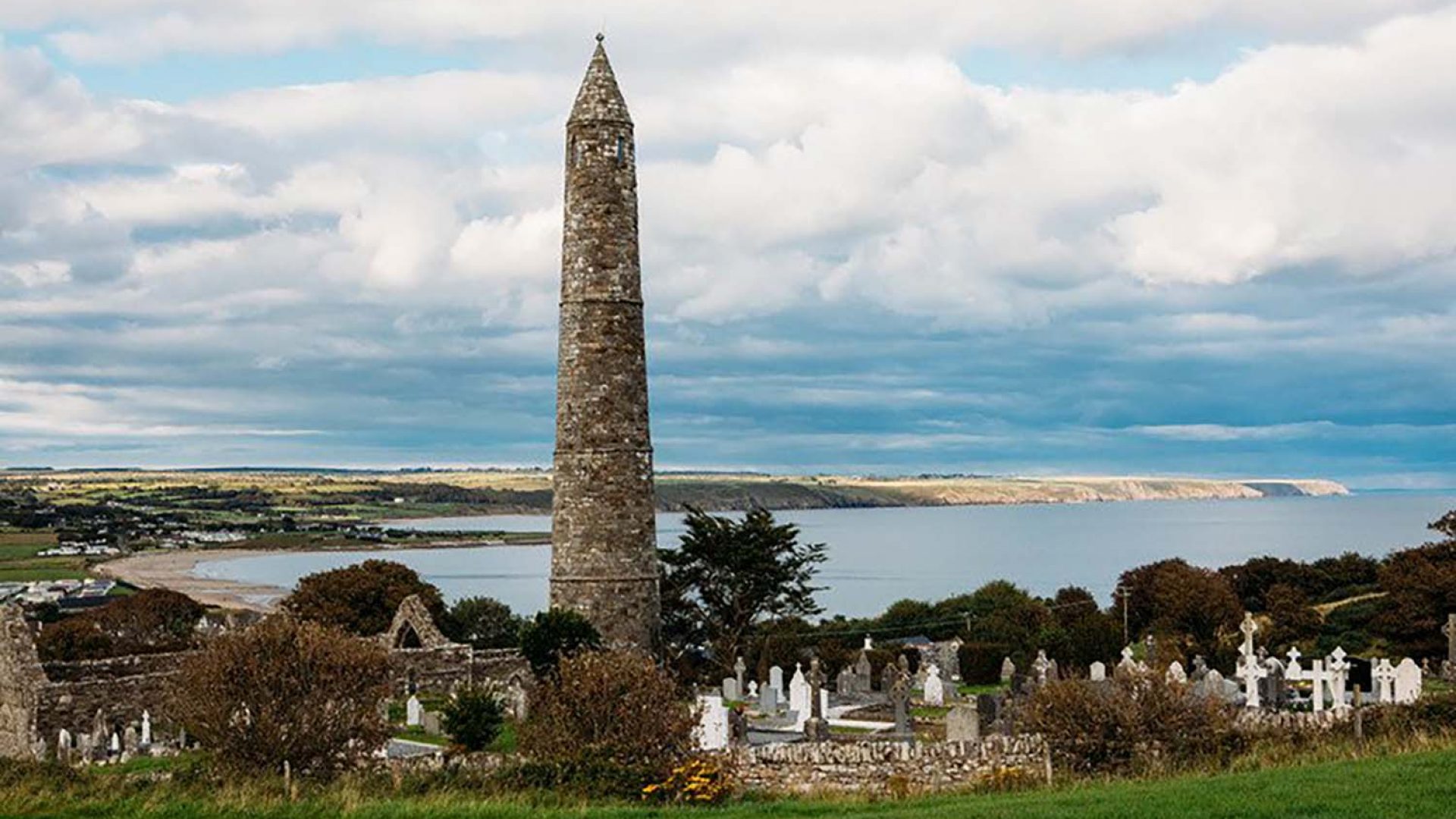

A remarkable church with a very special ambiance…the Spirit of God is near